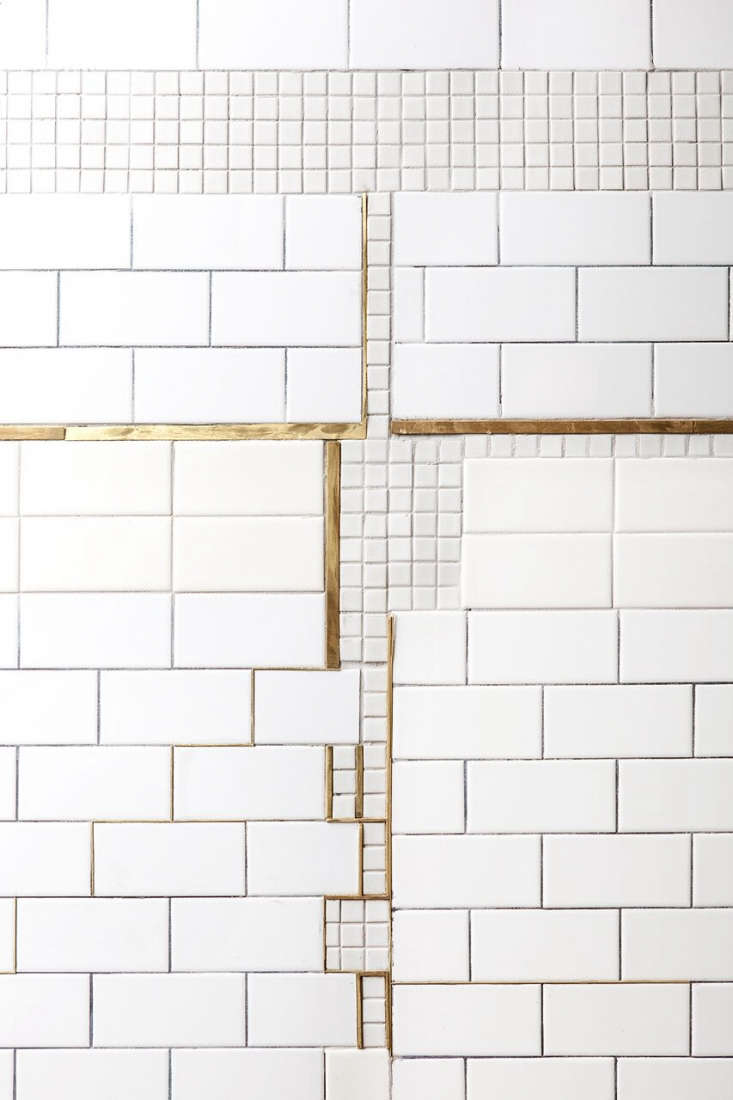White Subway Tile Bathroom
For all the wild popularity of subway tile (over 200 stories in our archives mention the term—we checked), it turns out there's still a lot to learn. Here on the Remodelista team, we've long known that subway tile is practical, timeless, and works in interiors of all types. But what exactly counts as subway tile? And, where did it come from? We have to admit, we weren't sure. So we did some digging. Here are 10 things you might not know.

1. It originated beneath Manhattan.
As you've probably put together by now, the first subway tiles showed up below ground—in New York City's subway system. When it opened in 1904, designers Christopher Grand La Farge and George C. Heins were tasked with a tricky ask: design a surface that was easily cleaned, but would also feel familiar, safe, and friendly to city-dwellers using underground transit for the very first time. Their solution—tiles with slightly curved edges and a glossy finish—meant that the subway stations were sanitary, polished, and bright.
2. You can catch a glimpse the first subway tile—in an abandoned subway station.
Sleuths and design obsessives who want to catch a glimpse of the first subway tile can secure a visit to New York City's first subway station: the City Hall stop, now abandoned. The New York Transit Museum offers tours—but New Yorkers have been known to covertly stay on the 6 train to catch a glimpse, too.

3. It arose from an obsession with hygiene.
Subway tiles arose out of a Victorian-era fixation on cleanliness. Because of their glossy, glazed finish, they're stain-resistant, easy to clean, and reflect light. They quickly earned a reputation for being utilitarian and sanitary, and became the wall covering of choice elsewhere, from baths and kitchens to butcher shops. Nowadays, these same properties make them a practical choice for modern kitchens, baths, and more.
Source: https://www.remodelista.com/posts/what-is-subway-tile-facts-tips/

Tidak ada komentar: